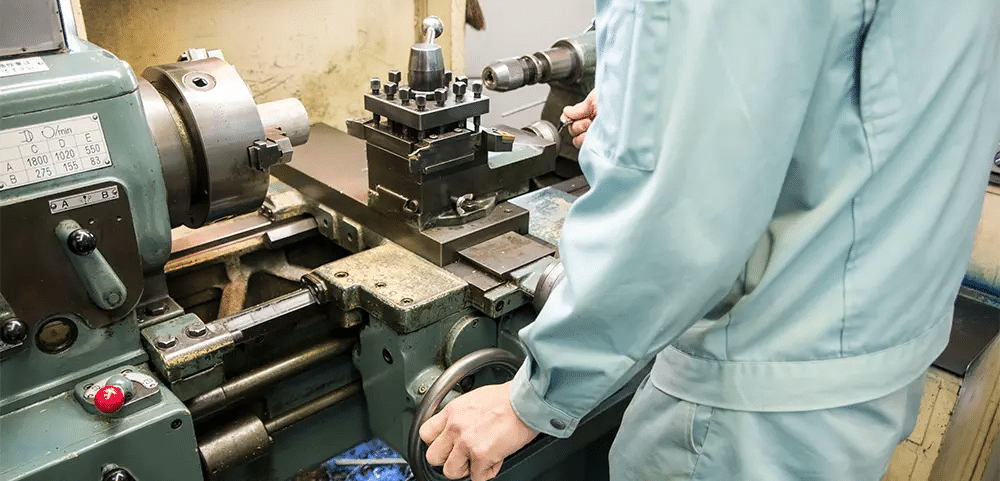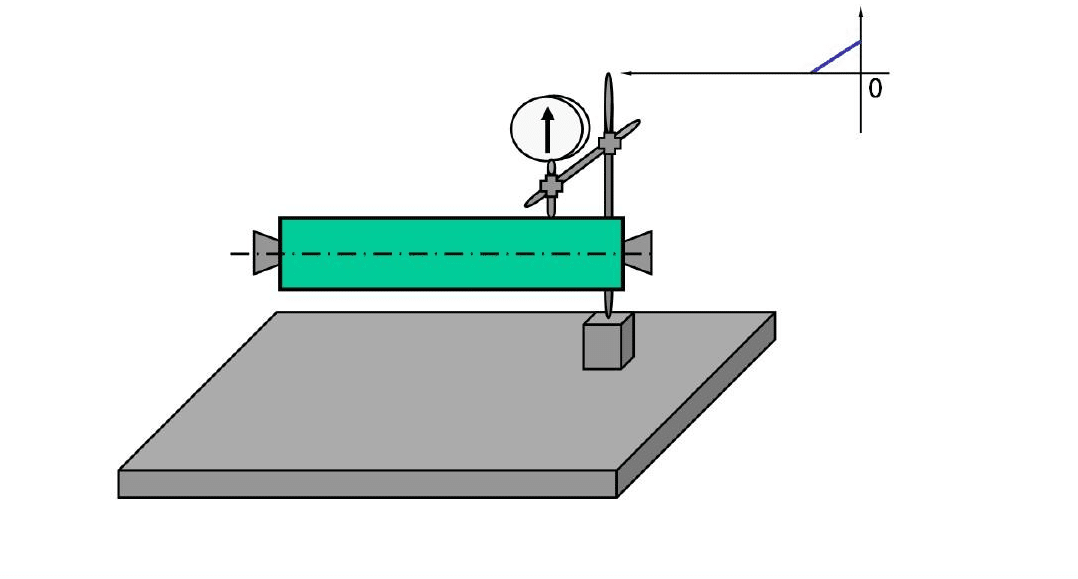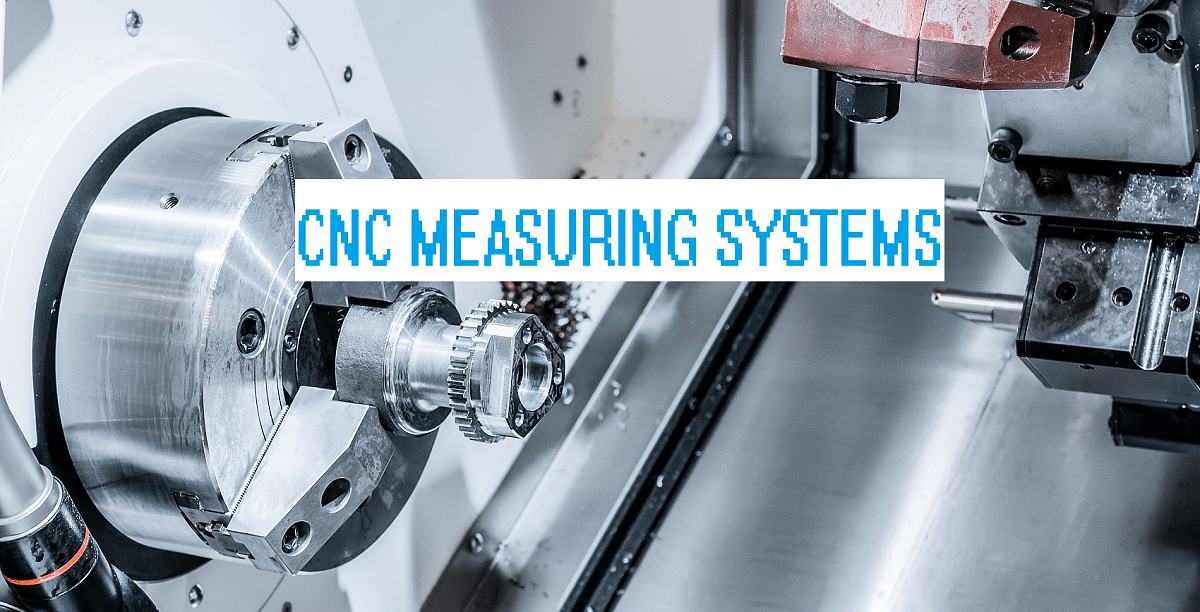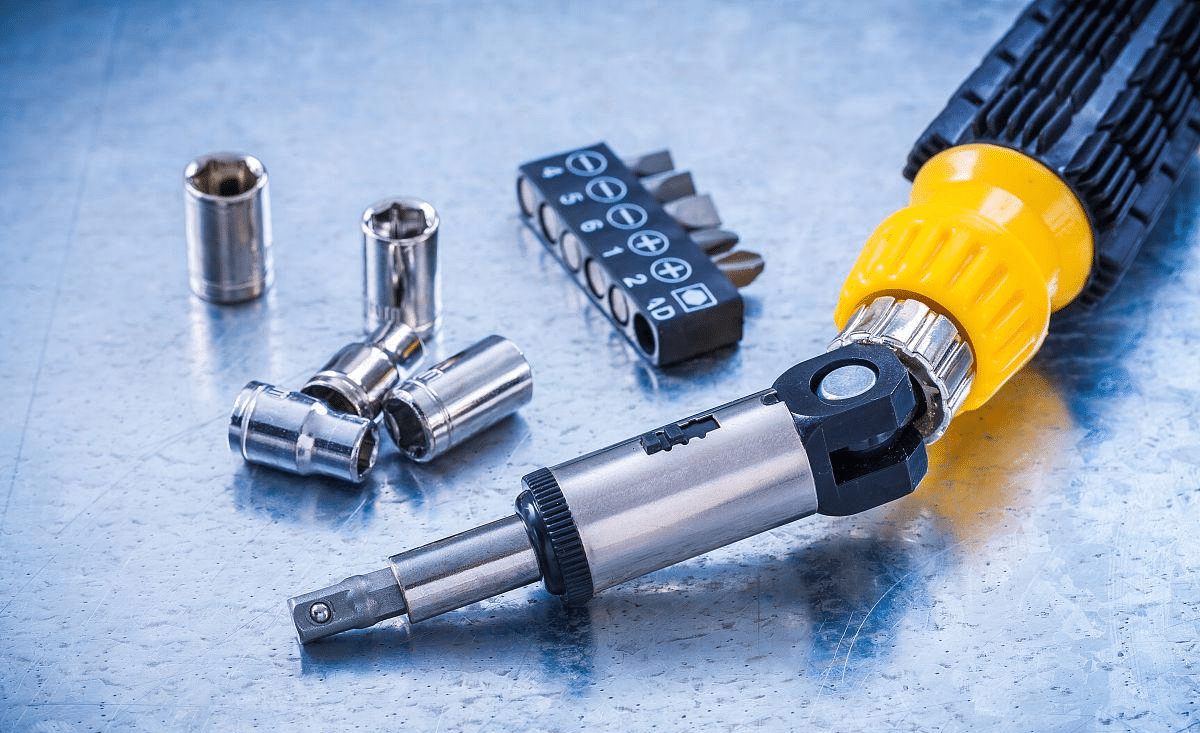-

The inspection of high-precision stands used to transfer vehicle driver cabins to other production facilities, the ability to submit real-time deviation reports to customers, and the estimation of costs for multiple repair solutions leading to better decision-making—all of these became possible due to the presence of an automated 3D measurement system. Challenge: The method of safely and automatically transferring vehicle driver cabins from one production facility to another. When the driver cabin (operator’s compartment) and chassis are manufactured in separate factorie......
2023.8.21Published by YLRead More -

In the world of manufacturing, the quest for quality and efficiency drives the engine of progress. Among the myriad tools and techniques employed to ensure the integrity of products, the Factory Audit stands tall as a sentinel of scrutiny. Within this realm of meticulous examination, the term “SER” takes center stage, casting its enigmatic aura over the audit process. Much like a masterful symphony, every note of “SER” contributes to the harmonious melody of factory evaluation, each element serving as a key to unlocking the gates of excellence. Sourcing In......
2023.8.21Published by YLRead More -

In the ever-evolving landscape of technological innovation, where wireless devices and electronic marvels reign supreme, a guardian stands steadfast, ensuring that our modern marvels harmoniously coexist without disrupting the frequencies of progress. This guardian is none other than the Federal Communications Commission (FCC), and its certification process serves as a lighthouse guiding innovators through the tumultuous seas of regulatory compliance. Join us as we embark on a journey to demystify the intricate realms of FCC certification, uncovering its significance, application proced......
2023.8.20Published by YLRead More -

In the realm of construction and architecture, precision, quality, and safety stand as paramount concerns. Among the multifaceted processes that ensure these attributes, lathing inspection emerges as a crucial step. Lathing, a technique involving the installation of a supportive framework known as lath, serves as a foundation for plaster, stucco, and other wall finishes. A lathing inspection, therefore, plays an integral role in guaranteeing the structural integrity and aesthetic appeal of a building. In this comprehensive article, we discuss the intricacies of lathing inspection, explo......
2023.8.20Published by YLRead More -

In the realm of engineering and manufacturing, precision is paramount. Whether we’re crafting intricate components for aerospace technology or designing advanced medical devices, the pursuit of perfection begins with accurate measurements. One crucial aspect that demands our attention is the elusive quality known as cylindricity. Defined as the degree to which an object’s surface deviates from a perfect cylinder, cylindricity is a critical characteristic that can make or break the functionality and reliability of mechanical parts. So, if you’re ready to embark on a jou......
2023.7.24Published by YLRead More -

In the realm of precision engineering, where every fraction of an inch matters, two vital concepts hold sway: straightness and flatness. These seemingly simple terms, often used interchangeably, lie at the very heart of achieving meticulous accuracy. Yet, beneath their shared pursuit of perfection, lies a fundamental distinction that can make all the difference in the world. Join us on a captivating journey as we unravel the mystique surrounding straightness and flatness, and delve into the nuanced contrasts that shape their unique identities. Prepare to embark on a quest for clarity, w......
2023.7.24Published by YLRead More -

In the realm of precision engineering, where accuracy reigns supreme, the role of CNC measuring systems is indispensable. These marvels of technology have revolutionized the way we assess and validate the dimensions, tolerances, and quality of intricate components with astonishing precision. From manufacturing industries to research laboratories, CNC measuring systems have become the gold standard for ensuring excellence and consistency in the modern era of advanced engineering. In this article, we will embark on an illuminating journey into the realm of CNC measuring systems, delving i......
2023.7.23Published by YLRead More -

Screws are widely used in many industrial products. Despite their simple structure, they are commonly used in the assembly of industrial products, requiring high precision. As a result, both screws and screw holes typically require a 100% inspection. In the past, this task was performed manually by individuals. However, by automating the inspection of screws and screw holes, significant efficiency improvements and quality enhancements can be achieved. In this article, we will introduce the knowledge related to the automation of screw inspection. 1. What is screw hole inspectio......
2023.7.17Published by YLRead More